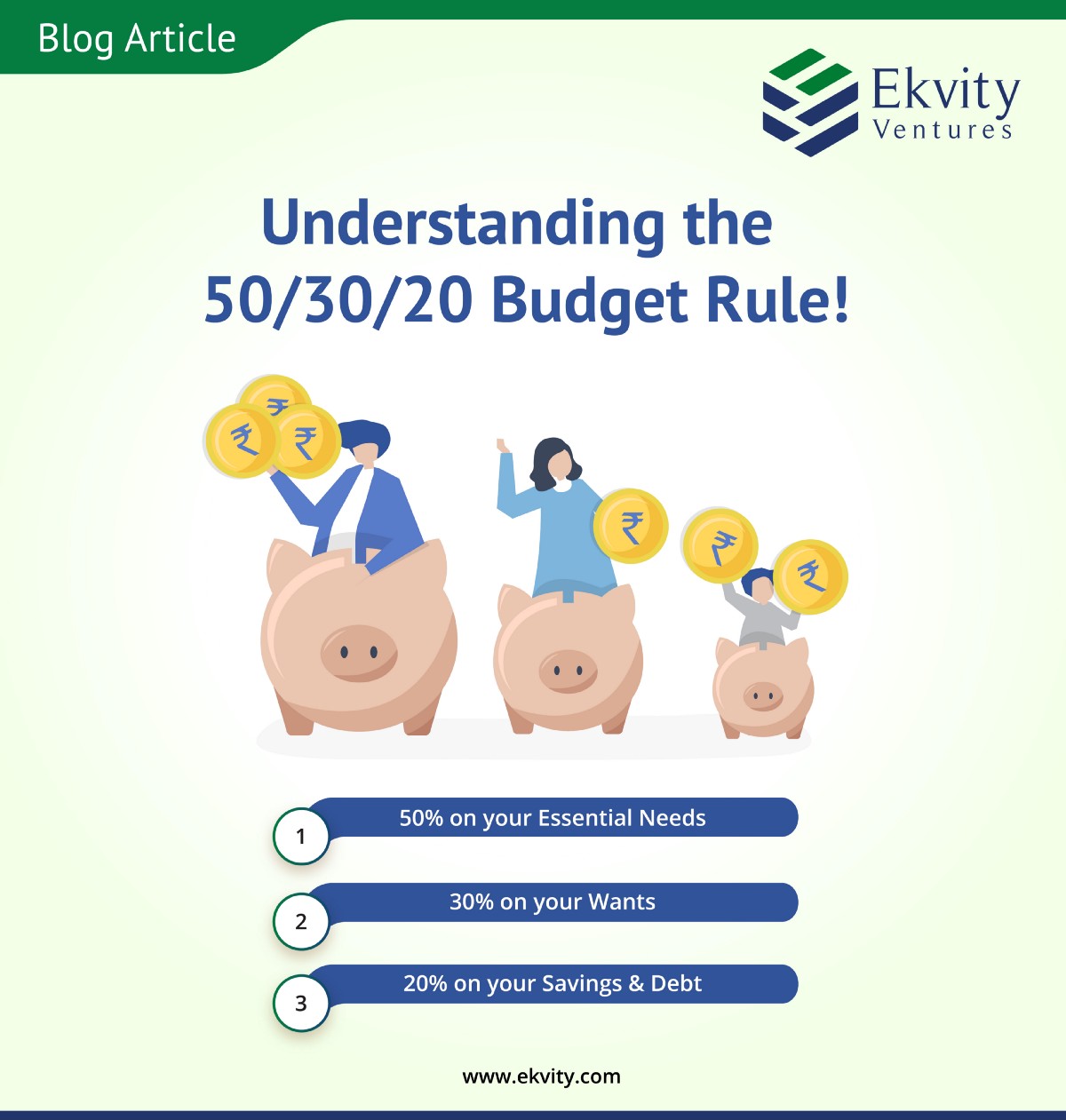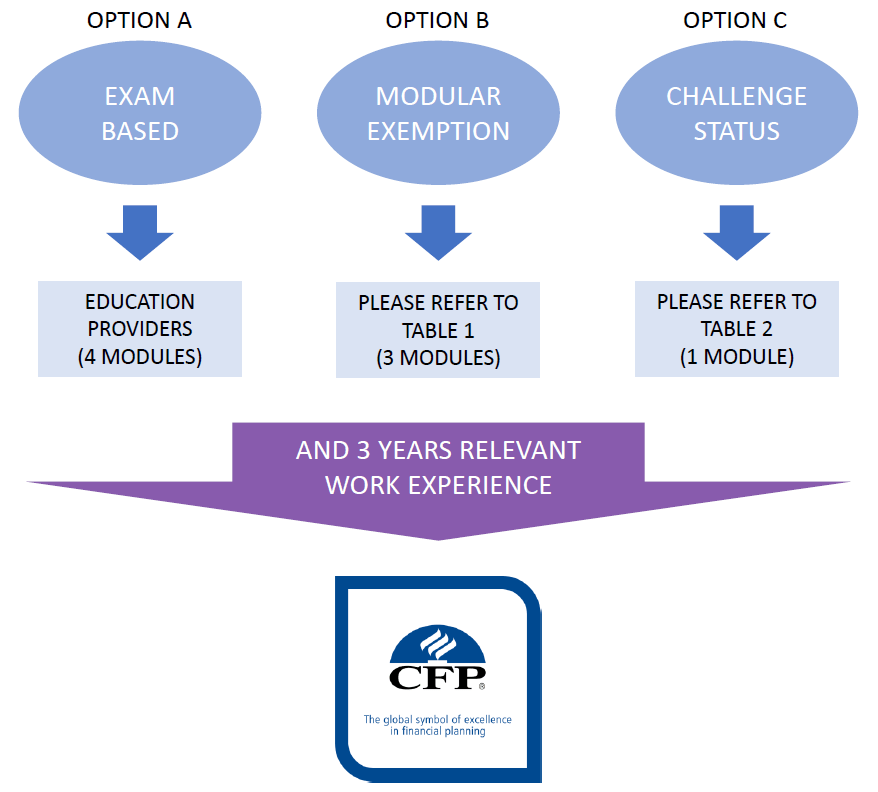
You want to maximize the growth potential of your 401k plan. To do this, you will need to know the best ways to invest your funds. You can use a 401k calculator to help you. It provides you with information on a number of factors, including how much you should contribute, the employer match, and the rate of return on your contributions.
Contribution percentage to 401k
The average American contributed nearly 8.6% to their 401k plans or IRAs in 2018, according to the American Institute of Certified Public Accountants. While the percentage varies among workers, full-time employees are more likely to contribute than part-time employees. By the end of 2020, the total value of retirement assets in the US will total $37.2 trillion - about 33% of total household equity. The average 401k savings at retirement will reach $93,000. Baby Boomers as well as Generation X have the highest levels of savings. The Generation Z generation, which only saved two percent of its income during their working years while they were earning it, was the least active saver.
Contributions to your 401k account shouldn't exceed 9% of your monthly salary. For those 50 and older, you might be able make a catch-up contribution in order to make up lost time. Your retirement goals, lifestyle, as well the needs and wants of your family will determine how much you make. Your company may match your contribution. Take advantage of this. Companies often match up to 50% of the first six percent of your salary.
401k employer match
The easiest way to figure out how much you could contribute to your plan's 401k employer matching calculator is to use it. For example, if your annual income is $50,000, your employer can match up to six per cent of your contributions. Your total contribution would amount to $9,000 This would give you a 50 percent match (or $4,500), which is tax deductible. The online calculator will allow you to calculate the matching value for your plan.

Employer match amounts vary from employer to employer. Some match 100% and others match less. You need to know how much your employer will match in order to plan. A typical employer match percentage will be 2% of your salary. A 3% match will mean that your employer will match the dollar amount you make. To ensure that you have the correct amount of money to retire, it is important that you understand the match amounts.
Recurring 401k withdrawals
Your 401k may allow you to choose how often withdrawals are made. You can choose to withdraw from your account weekly, monthly, or quarterly. You can also adjust your withdrawal frequency to reflect inflation. The Consumer Price Index is a gauge of inflation in the United States. In the last 40 years, CPI has averaged 2.9% per year. CPI will average 6.8% annually by 2021.
The Plan Sponsor Council of America says that two-thirds of large 401(k) plans offer the option of regular withdrawals after retirement. While this may seem like an inconvenient feature, it has a clear advantage: it enables you to take money from your account without taxation penalties.
Rate of return on 401k contribution
The rate of return on 401k contributions is an important calculation to make when investing for retirement. Over time, the more consistent your contributions are, the higher your average return will be. Consider your risk tolerance and what you can afford to lose in the event that the market goes too far when deciding how much money to contribute. Your asset allocation is also important. It can be either more conservative or more aggressive depending on your goals.
The return rate on 401k contributions directly correlates with the overall investment portfolio. With proper asset allocation, contributions to 401(k), can earn anywhere from 3 to 8% annually. Different assets are subject to different returns and risks. For example, stocks and bonds may have a higher return than those with lower risk.

Minimum required distribution starting at 401k
The Required minimum distribution (RMD) refers to the amount of money that must be withdrawn to meet tax obligations. This amount can be taken from an employer-sponsored retirement plan, a traditional IRA, or a SEP or SIMPLE IRA. In 2020, the age for taking an RMD has increased to 70 1/2 years to 72 years. If you're in your 50s or 40s, it is important to withdraw money immediately.
The IRS sets the minimum amount that must be distributed and it is determined based on your life expectancy. However, you may be allowed to withdraw more than this amount. This is legal but can result in a surprising tax bill. Roth IRA accounts which are for those who will be retiring while working do not need to comply with this requirement.
FAQ
What is risk management in investment administration?
Risk Management is the practice of managing risks by evaluating potential losses and taking appropriate actions to mitigate those losses. It involves monitoring, analyzing, and controlling the risks.
Risk management is an integral part of any investment strategy. Risk management has two goals: to minimize the risk of losing investments and maximize the return.
The key elements of risk management are;
-
Identifying sources of risk
-
Measuring and monitoring the risk
-
How to manage the risk
-
Manage the risk
Who can I turn to for help in my retirement planning?
Retirement planning can prove to be an overwhelming financial challenge for many. It's more than just saving for yourself. You also have to make sure that you have enough money in your retirement fund to support your family.
The key thing to remember when deciding how much to save is that there are different ways of calculating this amount depending on what stage of your life you're at.
If you're married you'll need both to factor in your savings and provide for your individual spending needs. You may also want to figure out how much you can spend on yourself each month if you are single.
You can save money if you are currently employed and set up a monthly contribution to a pension plan. You might also consider investing in shares or other investments which will provide long-term growth.
You can learn more about these options by contacting a financial advisor or a wealth manager.
What is wealth administration?
Wealth Management involves the practice of managing money on behalf of individuals, families, or businesses. It includes all aspects regarding financial planning, such as investment, insurance tax, estate planning retirement planning and protection, liquidity management, and risk management.
How do I get started with Wealth Management?
First, you must decide what kind of Wealth Management service you want. There are many Wealth Management services, but most people fall within one of these three categories.
-
Investment Advisory Services- These professionals will help determine how much money and where to invest it. They advise on asset allocation, portfolio construction, and other investment strategies.
-
Financial Planning Services - A professional will work with your to create a complete financial plan that addresses your needs, goals, and objectives. He or she may recommend certain investments based on their experience and expertise.
-
Estate Planning Services - A lawyer who is experienced can help you to plan for your estate and protect you and your loved ones against potential problems when you pass away.
-
Ensure that the professional you are hiring is registered with FINRA. You don't have to be comfortable working with them.
Who Should Use A Wealth Manager?
Everyone who wishes to increase their wealth must understand the risks.
It is possible that people who are unfamiliar with investing may not fully understand the concept risk. They could lose their investment money if they make poor choices.
This is true even for those who are already wealthy. They might feel like they've got enough money to last them a lifetime. They could end up losing everything if they don't pay attention.
Each person's personal circumstances should be considered when deciding whether to hire a wealth management company.
What is a Financial Planning Consultant? And How Can They Help with Wealth Management?
A financial planner will help you develop a financial plan. They can look at your current situation, identify areas of weakness, and suggest ways to improve your finances.
Financial planners can help you make a sound financial plan. They can help you determine how much to save each month and which investments will yield the best returns.
Most financial planners receive a fee based upon the value of their advice. Certain criteria may be met to receive free services from planners.
Why it is important to manage your wealth?
The first step toward financial freedom is to take control of your money. You need to understand how much you have, what it costs, and where it goes.
You should also know how much you're saving for retirement and what your emergency fund is.
If you do not follow this advice, you might end up spending all your savings for unplanned expenses such unexpected medical bills and car repair costs.
Statistics
- US resident who opens a new IBKR Pro individual or joint account receives a 0.25% rate reduction on margin loans. (nerdwallet.com)
- According to Indeed, the average salary for a wealth manager in the United States in 2022 was $79,395.6 (investopedia.com)
- Newer, fully-automated Roboadvisor platforms intended as wealth management tools for ordinary individuals often charge far less than 1% per year of AUM and come with low minimum account balances to get started. (investopedia.com)
- If you are working with a private firm owned by an advisor, any advisory fees (generally around 1%) would go to the advisor. (nerdwallet.com)
External Links
How To
How to become an advisor in Wealth Management?
A wealth advisor is a great way to start your own business in the area of financial services and investing. This profession has many opportunities today and requires many skills and knowledge. If you have these qualities, then you can get a job easily. The main task of a wealth adviser is to provide advice to people who invest money and make decisions based on this advice.
You must choose the right course to start your career as a wealth advisor. It should include courses on personal finance, tax laws, investments, legal aspects and investment management. Once you've completed the course successfully, your license can be applied to become a wealth advisor.
Here are some suggestions on how you can become a wealth manager:
-
First, you must understand what a wealth adviser does.
-
It is important to be familiar with all laws relating to the securities market.
-
The basics of accounting and taxes should be studied.
-
After finishing your education, you should pass exams and take practice tests.
-
Finally, you need to register at the official website of the state where you live.
-
Apply for a licence to work.
-
Get a business card and show it to clients.
-
Start working!
Wealth advisors often earn between $40k-60k per annum.
The location and size of the firm will impact the salary. The best firms will offer you the highest income based on your abilities and experience.
In conclusion, wealth advisors are an important part of our economy. Therefore, everyone needs to be aware of their rights and duties. You should also be able to prevent fraud and other illegal acts.